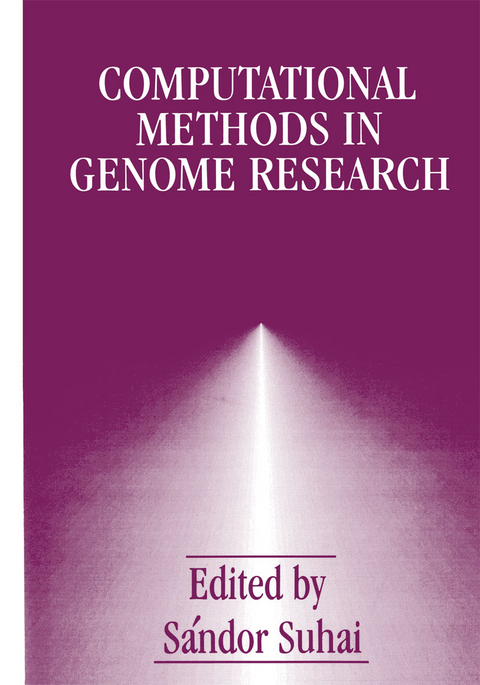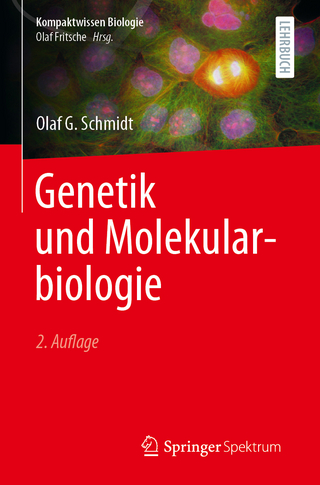
Computational Methods in Genome Research
Springer-Verlag New York Inc.
978-1-4613-6042-1 (ISBN)
Can Computational Science Keep up with Evolving Technology for Genome Mapping and Sequencing?.- Informatics and Experiments for the Human Genome Project.- Data Management Tools for Scientific Applications: Framework, Status, and Genomic Applications.- The ACEDB Genome Database.- The Integrated Genomic Database (IGD).- Genetic Mapping, an Overview.- Representing Genomic Maps in a Relational Database.- Livermore’s Pragmatic Approach to Integrated Mapping for Chromosome 19.- Searching Protein Sequence Databases - Is Optimal Best?.- Algorithmic Advances for Searching Biosequence Databases.- Pattern Recognition in Genomic and Protein Sequences: A Survey of Statistical Validation Problems.- New Algorithms for the Computation of Evolutionary Phylogenetic Trees.- Modelling Protein Structure from Remote Sequence Similarity: An Approach to Tertiary Structure Prediction.- Genetic Algorithms in Protein Structure Prediction.- Applications of Artificial Neural Networks in Genome Research.- Statistical Models of Chromosome Evolution.- Deciphering the Genetic Message: Some Thoughts on Present Limits.- Contributors.
| Zusatzinfo | VIII, 227 p. |
|---|---|
| Verlagsort | New York, NY |
| Sprache | englisch |
| Maße | 178 x 254 mm |
| Themenwelt | Studium ► 2. Studienabschnitt (Klinik) ► Humangenetik |
| Naturwissenschaften ► Biologie ► Biochemie | |
| Naturwissenschaften ► Biologie ► Evolution | |
| Naturwissenschaften ► Biologie ► Zellbiologie | |
| Naturwissenschaften ► Biologie ► Zoologie | |
| Technik ► Umwelttechnik / Biotechnologie | |
| ISBN-10 | 1-4613-6042-0 / 1461360420 |
| ISBN-13 | 978-1-4613-6042-1 / 9781461360421 |
| Zustand | Neuware |
| Haben Sie eine Frage zum Produkt? |
aus dem Bereich


